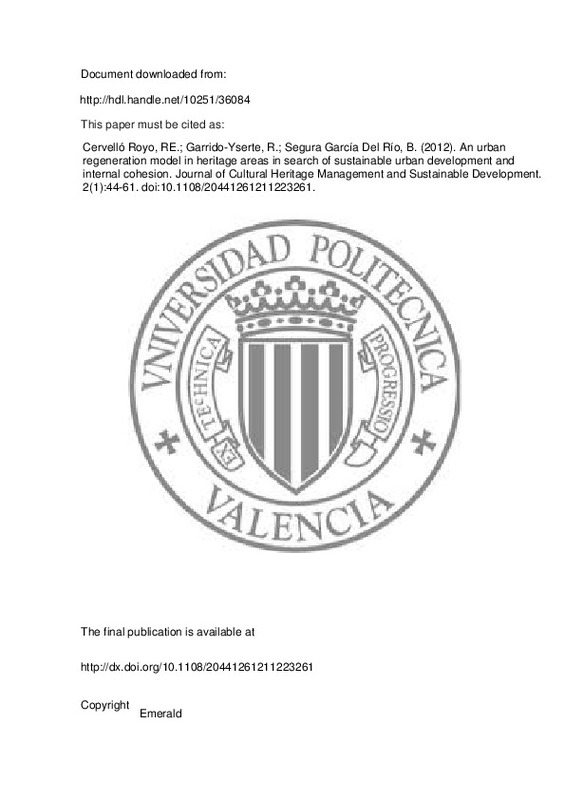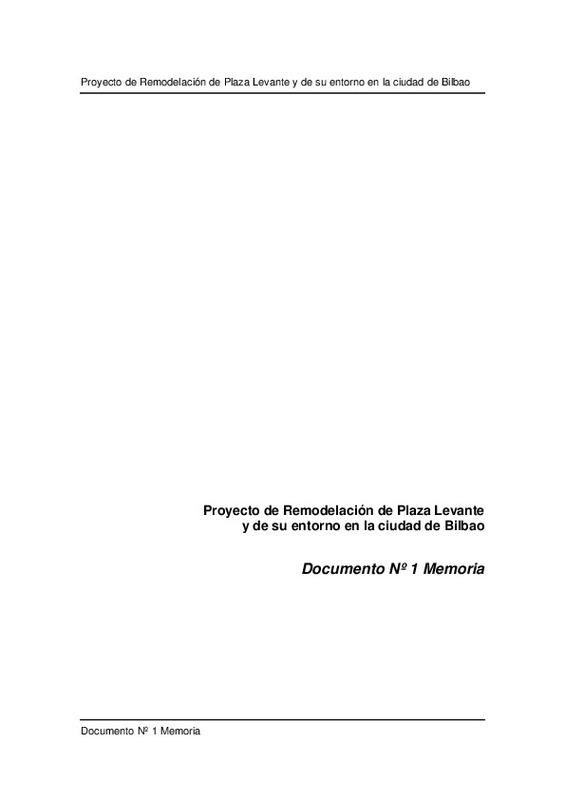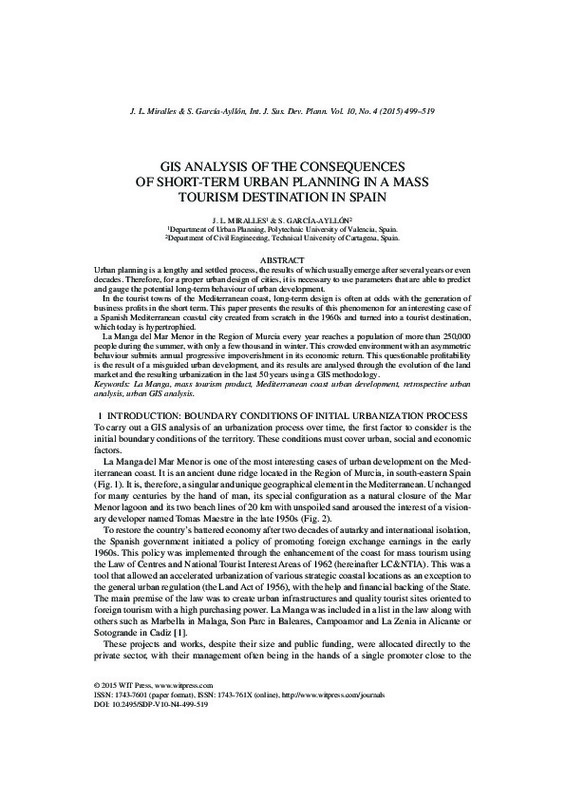Berliant, M., Peng, S.-K., & Wang, P. (2006). Welfare analysis of the number and locations of local public facilities. Regional Science and Urban Economics, 36(2), 207-226. doi:10.1016/j.regsciurbeco.2005.06.006
Blasius, J., Friedrichs, J., & Galster, G. (2007). Introduction: Frontiers of Quantifying Neighbourhood Effects. Housing Studies, 22(5), 627-636. doi:10.1080/02673030701474578
Brown, J., & Mczyski, M. (2009). Complexcities: Locational Choices of Creative Knowledge Workers. Built Environment, 35(2), 238-252. doi:10.2148/benv.35.2.238
[+]
Berliant, M., Peng, S.-K., & Wang, P. (2006). Welfare analysis of the number and locations of local public facilities. Regional Science and Urban Economics, 36(2), 207-226. doi:10.1016/j.regsciurbeco.2005.06.006
Blasius, J., Friedrichs, J., & Galster, G. (2007). Introduction: Frontiers of Quantifying Neighbourhood Effects. Housing Studies, 22(5), 627-636. doi:10.1080/02673030701474578
Brown, J., & Mczyski, M. (2009). Complexcities: Locational Choices of Creative Knowledge Workers. Built Environment, 35(2), 238-252. doi:10.2148/benv.35.2.238
Cameron, S. (2003). Gentrification, Housing Redifferentiation and Urban Regeneration: «Going for Growth» in Newcastle upon Tyne. Urban Studies, 40(12), 2367-2382. doi:10.1080/0042098032000136110
De Souza Briggs, X. (1997). Moving up versus moving out: Neighborhood effects in housing mobility programs. Housing Policy Debate, 8(1), 195-234. doi:10.1080/10511482.1997.9521252
Evans, G. (2005). Measure for Measure: Evaluating the Evidence of Culture’s Contribution to Regeneration. Urban Studies, 42(5-6), 959-983. doi:10.1080/00420980500107102
Evans, G., & Shaw, S. (2001). Urban leisure and transport: Regeneration effects. Journal of Retail & Leisure Property, 1(4), 350-372. doi:10.1057/palgrave.rlp.5090132
Fujita, M. (1986). Optimal location of public facilities. Regional Science and Urban Economics, 16(2), 241-268. doi:10.1016/0166-0462(86)90006-2
Glaeser, E. L., & Shapiro, J. M. (2003). Urban Growth in the 1990s: Is City Living Back? Journal of Regional Science, 43(1), 139-165. doi:10.1111/1467-9787.00293
Gónzalez‐Páramo, J.M. and Onrubia, J. (1992), “El gasto público en vivienda en España”, Hacienda Pública Española, Vol. 120/121, pp. 189‐217.
Greffe, X. (2004). Is heritage an asset or a liability? Journal of Cultural Heritage, 5(3), 301-309. doi:10.1016/j.culher.2004.05.001
Ihlanfeldt, K. R. (2004). Exclusionary Land-use Regulations within Suburban Communities: A Review of the Evidence and Policy Prescriptions. Urban Studies, 41(2), 261-283. doi:10.1080/004209803200165244
JONES, C. E., & SLINN, P. (2008). CULTURAL HERITAGE IN EIA — REFLECTIONS ON PRACTICE IN NORTH WEST EUROPE. Journal of Environmental Assessment Policy and Management, 10(03), 215-238. doi:10.1142/s1464333208003056
Joseph, M. L., Chaskin, R. J., & Webber, H. S. (2007). The Theoretical Basis for Addressing Poverty Through Mixed-Income Development. Urban Affairs Review, 42(3), 369-409. doi:10.1177/1078087406294043
Krumm, R. J. (1980). Neighborhood amenities: An economic analysis. Journal of Urban Economics, 7(2), 208-224. doi:10.1016/0094-1190(80)90017-0
Lawless, P. (2004). Locating and Explaining Area-Based Urban Initiatives: New Deal for Communities in England. Environment and Planning C: Government and Policy, 22(3), 383-399. doi:10.1068/c0340
López García, M.A. (1992), “Algunos aspectos de la economía y la política de la vivienda”, Investigaciones Económicas, Vol. 16 No. 1, pp. 3‐41.
Lynch, A. K., & Rasmussen, D. W. (2001). Measuring the impact of crime on house prices. Applied Economics, 33(15), 1981-1989. doi:10.1080/00036840110021735
McDonald, J. F., & McMillen, D. P. (2000). Employment Subcenters and Subsequent Real Estate Development in Suburban Chicago. Journal of Urban Economics, 48(1), 135-157. doi:10.1006/juec.1999.2160
McMillen, D. P. (2004). Employment Densities, Spatial Autocorrelation, and Subcenters in Large Metropolitan Areas. Journal of Regional Science, 44(2), 225-244. doi:10.1111/j.0022-4146.2004.00335.x
Manning, C. (1986), “Intercity differences in home price appreciation”, Journal of Real Estate Research, Vol. 1, pp. 46‐66.
Murie, A., & Rowlands, R. (2008). The New Politics of Urban Housing. Environment and Planning C: Government and Policy, 26(3), 644-659. doi:10.1068/c65m
Nijkamp, P., & Riganti, P. (2008). Assessing cultural heritage benefits for urban sustainable development. International Journal of Services Technology and Management, 10(1), 29. doi:10.1504/ijstm.2008.020344
Pereira Roders, A., & van Oers, R. (2011). World Heritage cities management. Facilities, 29(7/8), 276-285. doi:10.1108/02632771111130898
Richardson, H. W. (1977). On the possibility of positive rent gradients. Journal of Urban Economics, 4(1), 60-68. doi:10.1016/0094-1190(77)90030-4
Sakashita, N. (1987). OPTIMUM LOCATION OF PUBLIC FACILITIES UNDER THE INFLUENCE OF THE LAND MARKET*. Journal of Regional Science, 27(1), 1-12. doi:10.1111/j.1467-9787.1987.tb01140.x
Schelling, T.C. (1969), “Models of segregation”, American Economic Review, Papers and Proceedings, Vol. 59, pp. 488‐93.
Schelling, T. C. (1971). Dynamic models of segregation†. The Journal of Mathematical Sociology, 1(2), 143-186. doi:10.1080/0022250x.1971.9989794
Schelling, T.C. (1971b), “On the ecology of micromotives”, The Public Interest, Vol. 25, pp. 61‐98.
Stubbs, M. (2004). Heritage-sustainability: developing a methodology for the sustainable appraisal of the historic environment. Planning Practice & Research, 19(3), 285-305. doi:10.1080/0269745042000323229
Tiebout, C. M. (1956). A Pure Theory of Local Expenditures. Journal of Political Economy, 64(5), 416-424. doi:10.1086/257839
Tweed, C., & Sutherland, M. (2007). Built cultural heritage and sustainable urban development. Landscape and Urban Planning, 83(1), 62-69. doi:10.1016/j.landurbplan.2007.05.008
Van Oers, R. (2007), “Towards new international guidelines for the conservation of historic urban landscapes (HUL)s”, City & Time, Vol. 3 No. 3, pp. 43‐51.
Royuela, V., Suriñach, J. and Artís, M. (2009), “La Influencia de la calidad de vida en el crecimiento urbano. El caso de la provincia de Barcelona”, Investigaciones Regionales, Vol. 13, pp. 57‐84.
[-]







![[Cerrado]](/themes/UPV/images/candado.png)





